AR application
Futher Death
(”LifeAfterLife” Demo version)
죽음 이후에도 디지털 자산 관리 및 추모를 돕는 AR 애플리케이션.
“LifeAfterLife”의 데모 버전으로
팀 내에서 기획, 브랜딩 및 UI를 주로 담당했습니다.
- AR Application to help you manage digitalized data before your death. Such life long tracks of you in virtual world can be exhibited in the real world, showing who you are, what kind of life you’ve lived.
# Decorate Own Memorial Space
# Manage Digital Heritage
# Enjoy the Mixture of Real & Virtual World

How do we manage
our Digital Legacy after death?
︎ Customizing Afterland
Based on their tastes, hobbies, favorites, etc., people can decorate their own memorial land (we call it ‘After land’) to organize their digital records. Afterland can be created with various concepts. In this way, people can express themselves visually and have meaningful experience of having their one & only virtual world.
Our persona ‘Minju Kim’ have made a lovely beach house on the shore. It is based on her memory of surfing in the beach of Florida.
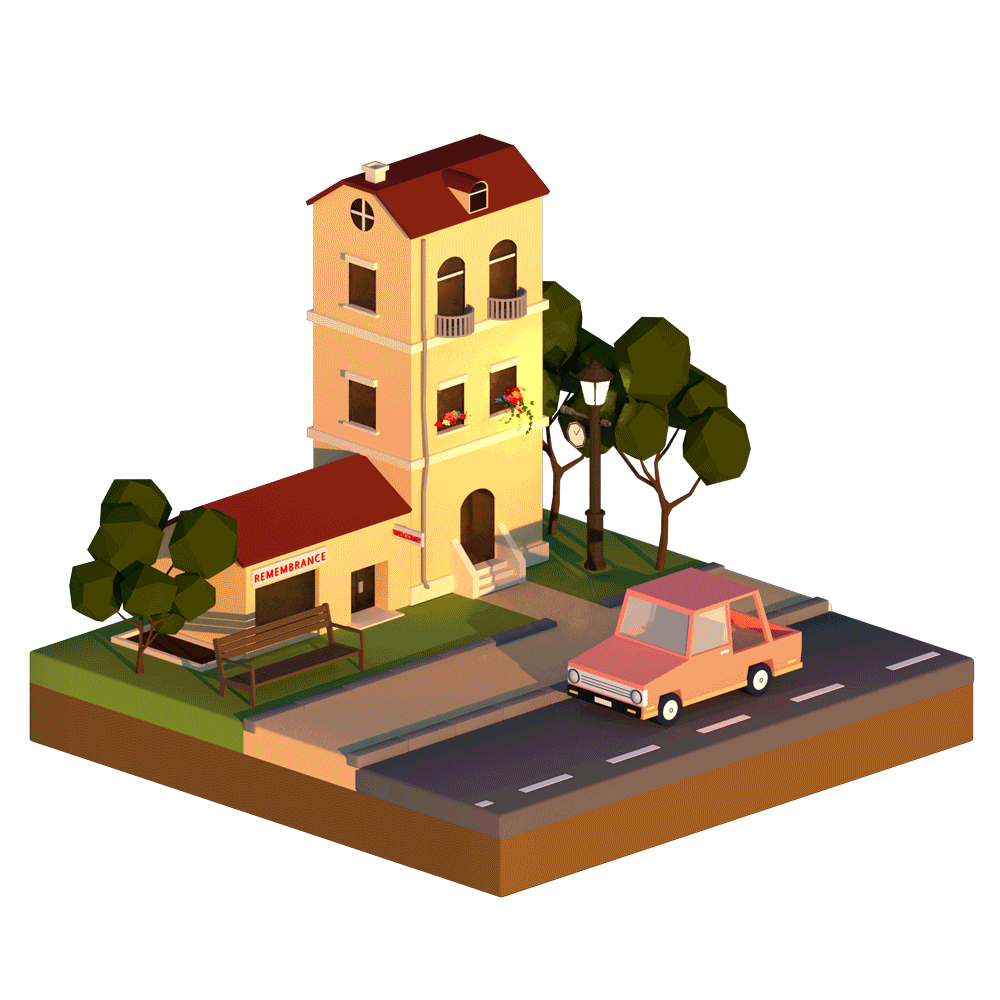


▼
▼
▼

Richard(43)
who loved the life of city
~ 2016.07.14
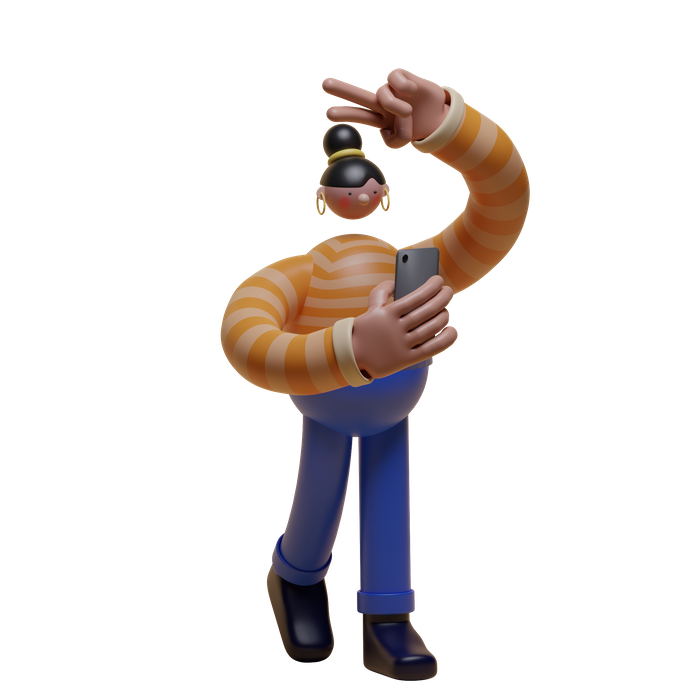
Minju Han(23)
who loves to surf
~ 2019.12.19
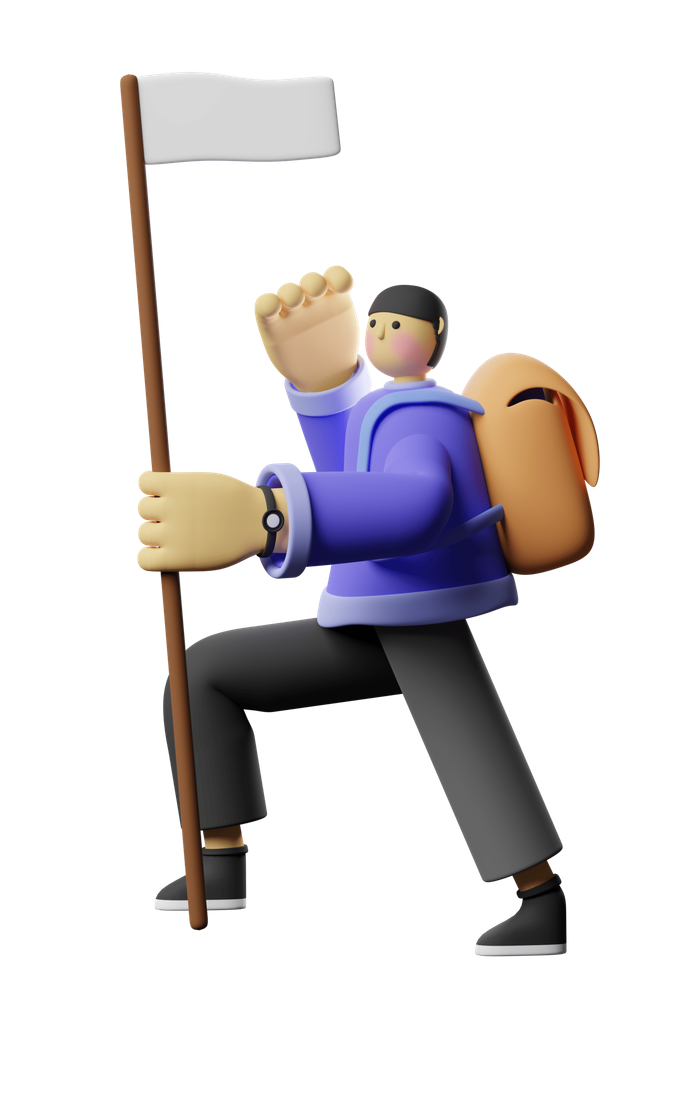
Thomas Kim(26)
who loved camping
~ 2019.03.25
︎ 3D Assets
Users can tag their digital records in each 3D graphic items they’ve used to decorate the land. Minju used 5 different assets to apply her digital heritages.
After Land
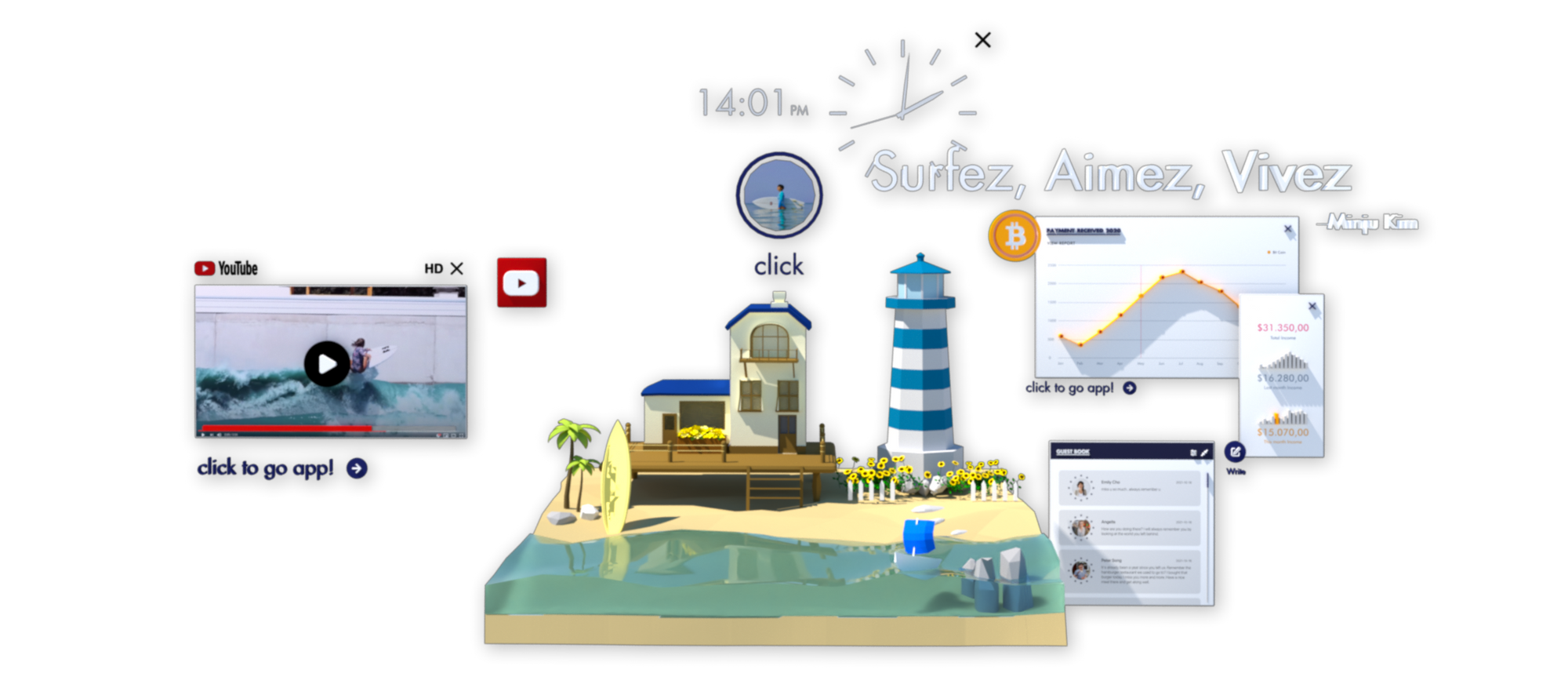


Memorial Altar



Inside the beach house, memorial space opens. Visitors can pray for Minju in various ways: write letters, leave flowers, or 3d scan real life objects that were meaningful to Minju and put them on the altar. Food can also be scanned and placed on the altar, just as people used to memorialize the dead in the real world. This can work as a new type of memorial service table.
For Minju’s table, there is a camera, diary, and a doll that she had carried with her all the time. On the bottom, there is a car, bag, and yacht: things she wanted to have. And on the top, there is her wedding ring.
︎ User & Service flow





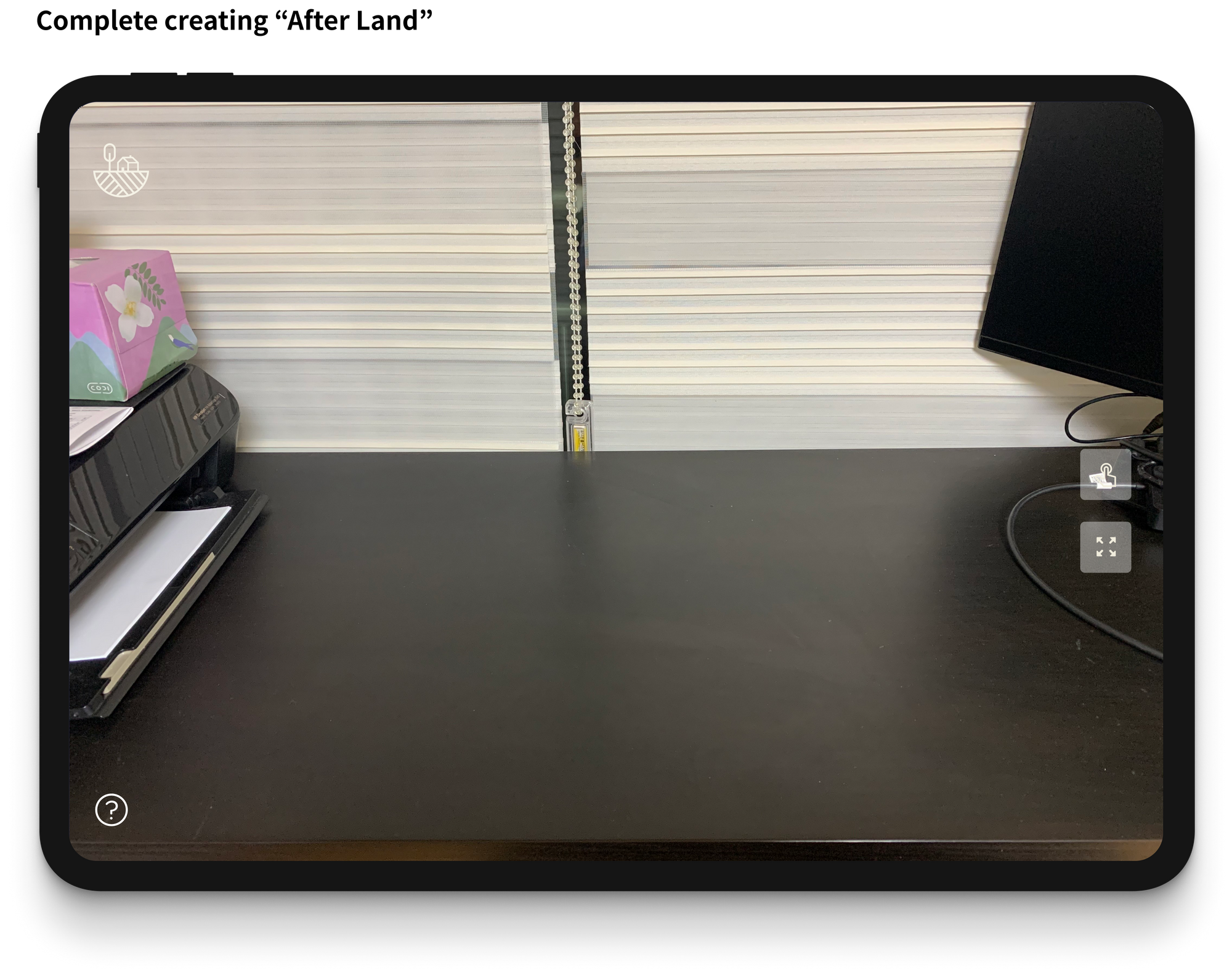


︎ Research
Digital Heritage
A digital Heritage is the digital information that is available about someone following their death. Someone’s digital heritage is often formed by information that they leave online. This may include any website or blog listings about the person, their social media profiles, photos, videos, gaming profiles and interactions they have had online.

The Number of Death Account
Some predict that the death toll among social media Facebook users will surpass that of survivors in the next 50 years. It is predicted that if Facebook users increase by 13 percent every year at the current pace, the number of Facebook users who died by 2100 could increase to 4.9 billion.
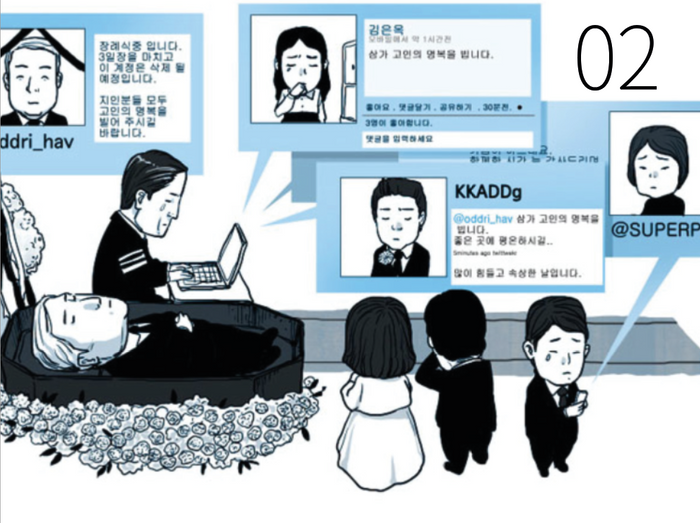
The Impact of Digital Data
The body may have died physically, but a person's digital data is alive. Even faces, writings, and records spread online. The mini homepage had a far greater ripple effect than when the deceased lived. The deceased went, but the writing survived persistently and harassed even his family, who cared for him.
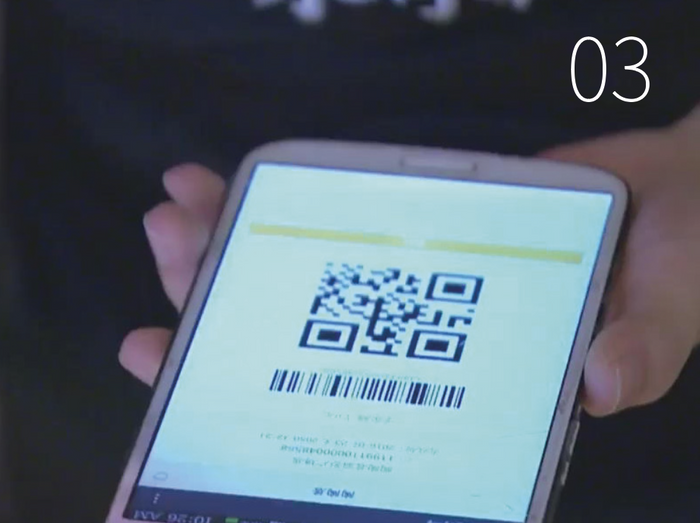
Unable to Manage Digital Heritage
The majority of the dead are digital assets, and there are no related laws, making inheritance and management difficult. After Liu Hui, who lost his life in China after suffering from a corona in February, was killed, his property was disposed of by his nephew. But most of his wealth was digital, and his nephew is not managing it because he has no access to it.
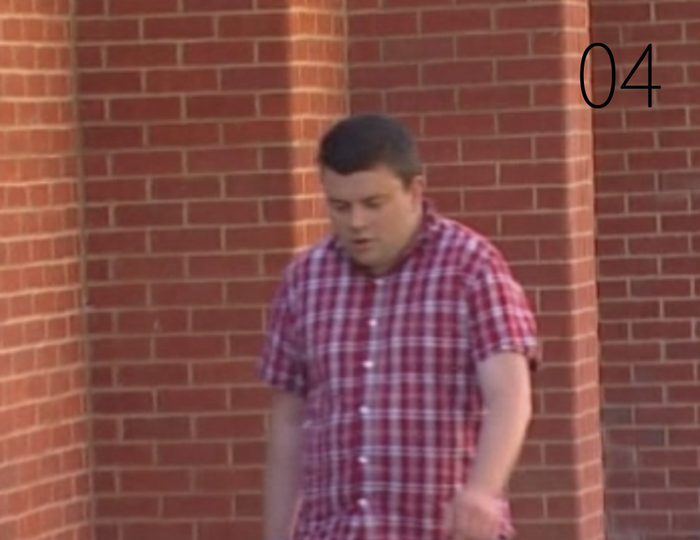
Digital Heritage Abuse Cases
A man who posted 'vile and disgusting' messages on social networking sites memorializing dead teenagers is jailed. This is the first case of punishment on the charge of trolling. It is also an example of the abuse of digital heritage, in which the identities of the deceased are revealed and insulted.
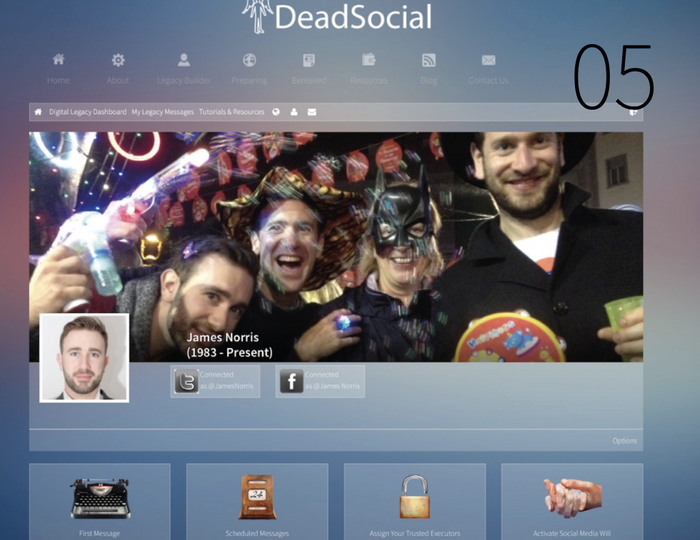
Digital Undertaker
A digital undertaker is a person who eliminates the traces left online by those who have passed away: the" digital heritage". Currently, he is in charge of erasing the records of people suffering from online or social networking sites. Eg) Dead Social, Suicide Machine, Seppukoo

Right to be forgotten
Korean Communications Commission (KCC) has also launched a "research team for rights to be forgotten." It's about setting up a process for people who want to get rid of all online posts to delete data. Even in the event of death, immediate family members can delete all records without the consent of the deceased if they submit death certificates and family relations certificates to portals or SNS operators.
Untact Culture
With the Corona 19 virus, the world is undergoing many changes. Many experts predict that even if we move away from the Corona 19 fandom, it will be a different era. Corona19 has accelerated existing non-face-to-face online activities, and Untouch has become a trend.

Untact Culture for Safety and Cost
As safety and prevention of infection came first due to Corona 19, it became a society where families did not go down to their hometowns even during holidays when they met relatives. Without meeting, they talked through video calls. Local governments are also working on various nonface-to-face platforms so that 'U' can be replaced online inside their homes.
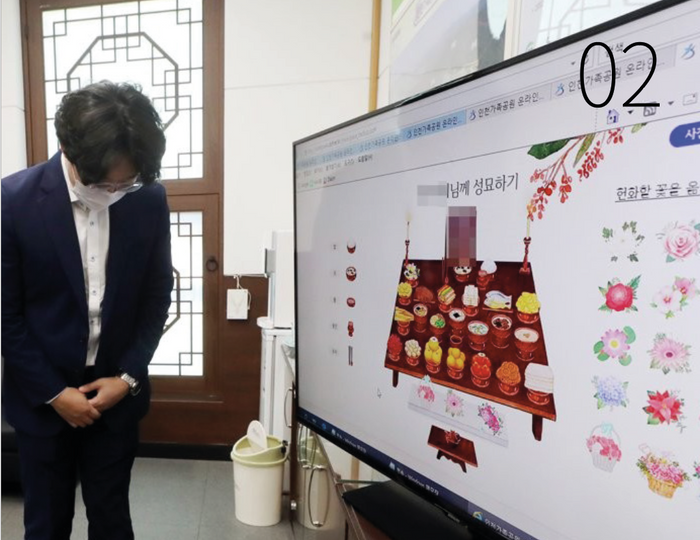
Cyber 성묘, 차례
The body may have died physically, but a person's digital data is alive. Even faces, writings, and records spread online. The mini homepage had a far greater ripple effect than when the deceased lived. The deceased went, but the writing survived persistently and harassed even his family, who cared for him.

Need to Maintain Memorial Tradition
Memorials help survivors to come out of the emotional shock in a fruitful manner. Dealing with death, loss and grief, is difficult for any person. t is a representation of that person and how they lived; it is a final gift. Memorials allow family, friends and the community to know about their past generation.
︎ Degital Heritage Classification & Persona

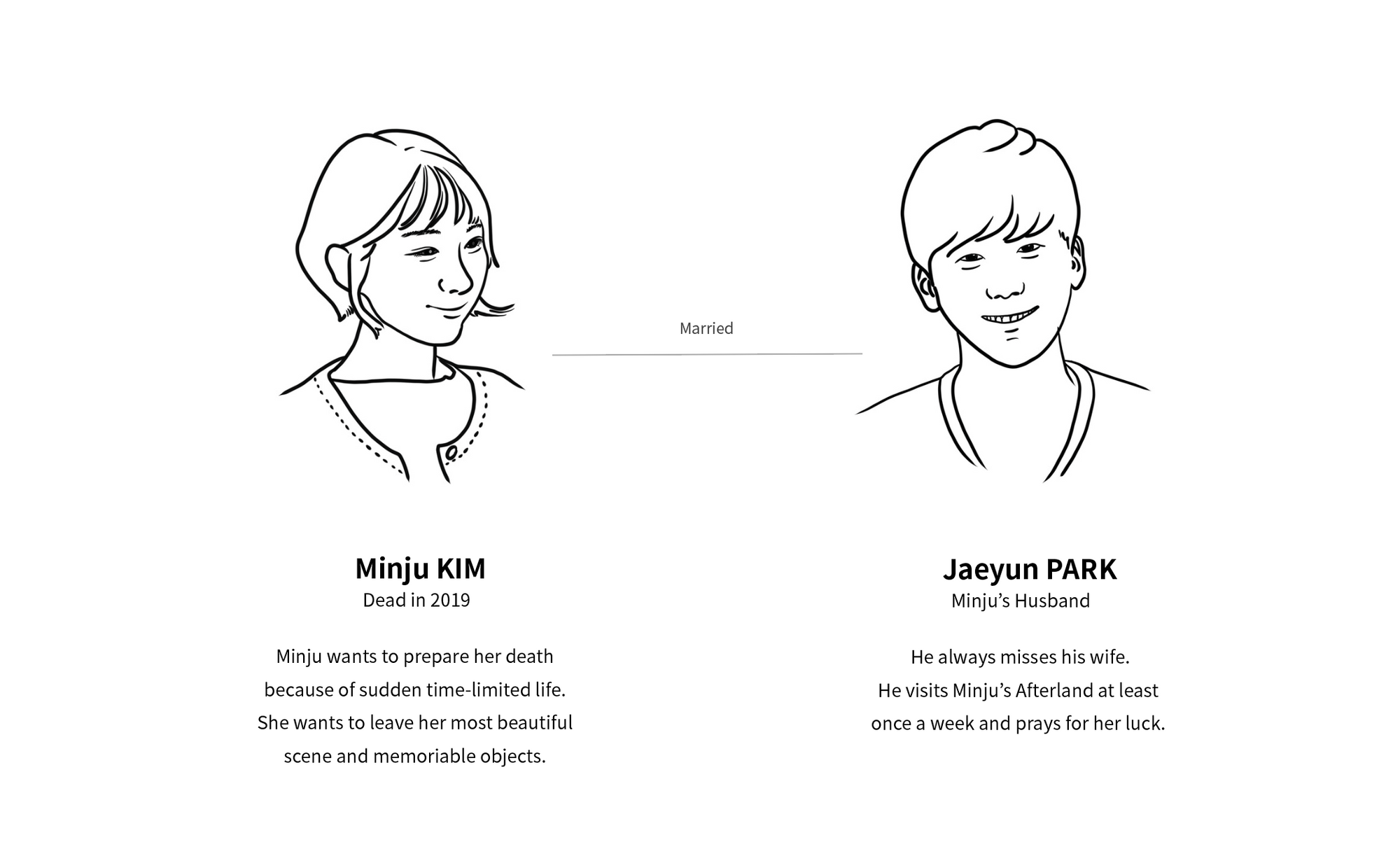
︎ process


